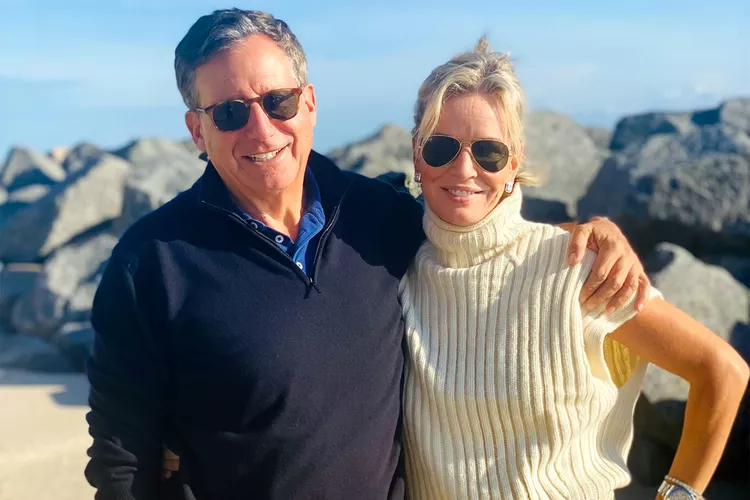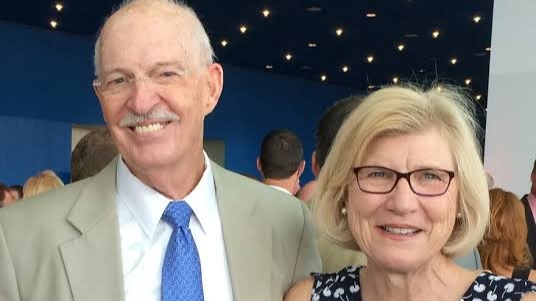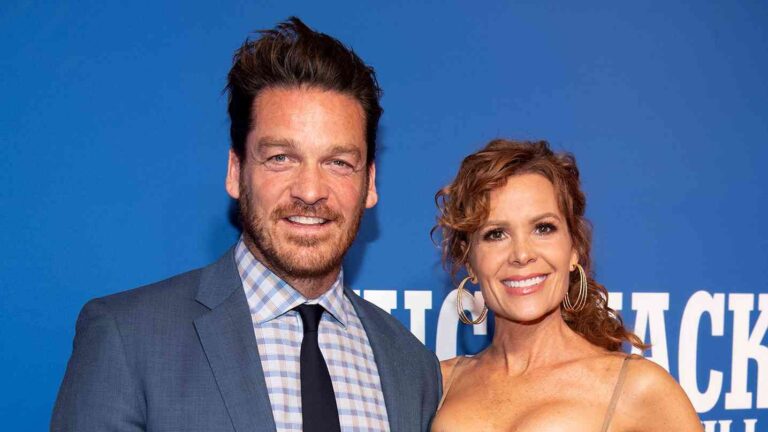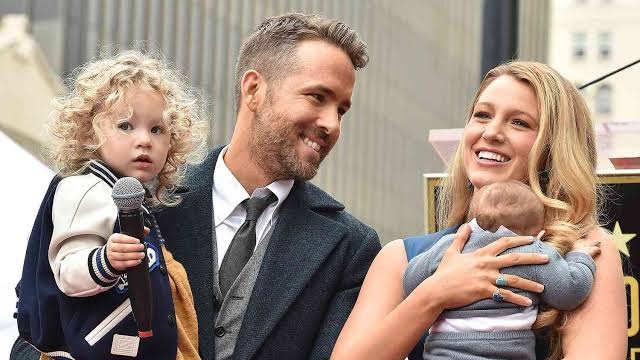Jennifer Ashton Husband: Remembering Robert C. Ashton Jr.
Dr. Ashton’s story is a powerful reminder that even in the darkest of times, there is always hope, and that by coming together as a community, we can support one another and find the strength to carry on.

In 2017, Dr. Jennifer Ashton, a prominent ABC News chief medical correspondent, faced an unimaginable tragedy when her ex-husband, thoracic surgeon Robert C. Ashton Jr., died by suicide at the age of 52, just 18 days after their divorce was finalized. This devastating loss left Dr. Ashton and her two teenage children, Alex and Chloe, grappling with shock, pain, and a profound sense of grief that would forever change the course of their lives.
The couple had been married for 21 years, and despite the challenges that come with any marriage, they had built a life together filled with love, laughter, and a deep commitment to their family and their respective medical careers. Dr. Ashton, a respected obstetrician-gynecologist and author, had found a true partner in Rob, who not only supported her professional aspirations but also shared her passion for helping others and making a positive impact on the world. Their divorce, while amicable, had been a difficult decision that they had hoped would allow them to move forward as friends and co-parents, never imagining the tragic turn of events that would soon follow.
The Morning of the Tragedy
On the morning of the incident, Dr. Ashton narrowly missed encountering her ex-husband by just 10 minutes while driving over the George Washington Bridge on her way to Soul Cycle. She had felt optimistic about the future, unaware of the heartbreak that was about to unfold. It was a morning like any other, filled with the hustle and bustle of a busy city and the promise of a new day.
Little did Dr. Ashton know that her world was about to be turned upside down, that the man she had once loved with every fiber of her being would no longer be a part of her life or the lives of their children. The drive across the bridge, a route she had taken countless times before, would forever be etched in her memory as the last time she came so close to seeing Rob alive, unaware of the pain and anguish he was experiencing in the depths of his soul.
Blindsided by the News
When three detectives arrived at her New Jersey apartment bearing the tragic news, Dr. Ashton’s world shattered into a million pieces. The shock of the moment was overwhelming, as she struggled to comprehend the reality of what had happened. Despite feeling consumed by guilt and self-blame, her brother’s reassurance that divorce was not the cause of Rob’s decision provided a sliver of solace.
In the aftermath of the tragedy, Dr. Ashton would learn that Rob had been battling depression and anxiety for years, a battle that he had fought valiantly but ultimately lost. The pain of losing him was compounded by the knowledge that he had been suffering in silence, unable to find the strength or the support he needed to overcome the darkness that had consumed him. As she grappled with the aftermath of his death, Dr. Ashton found herself questioning everything, searching for answers that may never come and struggling to come to terms with the finality of her loss.
Navigating the Aftermath
In the aftermath of the tragedy, Dr. Ashton and her children sought therapy to help them navigate the whirlwind of emotions they were experiencing. Rob had left poignant suicide notes for Dr. Ashton and their children, emphasizing that no one should bear blame. The road to healing would be long and arduous, filled with moments of intense grief, anger, and despair. But with the support of their therapist and each other, Dr. Ashton and her children began to slowly piece their lives back together, one day at a time.
The suicide notes left by Rob were a testament to his love for his family and his desire to protect them from the pain of his decision. They served as a reminder that mental illness is a complex and often misunderstood condition, one that can lead even the strongest and most resilient individuals down a dark path. As they navigated the aftermath of his death, Dr. Ashton and her children found solace in the knowledge that Rob had not meant to cause them harm, that his decision had been driven by a pain so deep and so overwhelming that he had been unable to see a way out.
Finding Strength in Her Children
Dr. Ashton’s children, Alex and Chloe, played a crucial role in her healing process. They urged her to speak up about their experience and help others who were going through similar tragedies. Their strength and wisdom inspired Dr. Ashton to put one foot in front of the other, knowing that she was the only parent her children had left. In the midst of her own grief, Dr. Ashton found herself drawing strength from her children, who despite their own pain and loss, were determined to honor their father’s memory by living life to the fullest and making a positive impact on the world.
Alex and Chloe’s resilience and compassion were a testament to the love and guidance they had received from both of their parents, and they served as a constant reminder to Dr. Ashton that even in the darkest of times, there is always hope. Together, they navigated the treacherous waters of grief, supporting one another and finding solace in the knowledge that they were not alone in their journey.
Sharing Her Story
Despite her initial reluctance to speak publicly about her vulnerability and imperfections, Dr. Ashton realized that sharing her story was essential for her own healing and for helping others. When she was asked to discuss Kate Spade’s suicide on “Good Morning America” in 2018, her children encouraged her to use her voice and platform to support the millions of people suffering from the aftermath of suicide.
It was a decision that did not come easily, as Dr. Ashton had always been a private person, preferring to keep her personal life out of the public eye. But as she grappled with the aftermath of Rob’s death, she realized that by sharing her story, she could help to break the stigma surrounding mental illness and suicide, and provide hope and support to those who were struggling. Her children’s encouragement and the knowledge that Rob would have wanted her to use her platform to make a difference gave her the strength to open up and share her story with the world.
Connecting with Other Survivors
In her book, Life After Suicide: Finding Courage, Comfort & Community After Unthinkable Loss, Dr. Ashton shares stories from other survivors, including Melissa Rivers and Talinda Bennington, who have also lost loved ones to suicide. These stories provided Dr. Ashton with a roadmap for navigating the challenges she and her family faced and offered comfort and guidance to readers. The process of writing the book was a cathartic one for Dr. Ashton, as it allowed her to process her own grief while also providing a platform for others to share their stories.
By connecting with other survivors, she found a sense of community and understanding that had been missing in the aftermath of Rob’s death. The stories shared in the book serve as a testament to the resilience of the human spirit and the power of community to heal even the deepest wounds. Through her book, Dr. Ashton has created a space for those who have lost loved ones to suicide to come together, share their stories, and find solace in the knowledge that they are not alone.
Raising Awareness and Offering Hope
Through her book, podcast, and public appearances, Dr. Ashton aims to shed light on the growing epidemic of suicide in the United States and the millions of people left behind each year to grieve and cope with devastating loss. She emphasizes the importance of speaking openly about mental health and seeking help when needed. Dr. Ashton’s mission is to use her voice and her platform to make a difference, to honor Rob’s memory by working to prevent other families from experiencing the same kind of unimaginable loss.
By raising awareness about mental health and suicide prevention, she hopes to save lives and provide hope to those who are struggling. Through her work, Dr. Ashton has become a beacon of hope for those who have lost loved ones to suicide, offering comfort, support, and the knowledge that they are not alone in their grief. Her message is one of resilience, compassion, and the power of community to heal even the deepest wounds.
Conclusion
Dr. Ashton’s journey of healing after the loss of her husband to suicide is a testament to the power of resilience, love, and community. Her story serves as a beacon of hope for others grappling with similar tragedies, reminding us that while the pain may never fully heal, it is possible to find courage, comfort, and a path forward. Through her openness and vulnerability, Dr. Ashton has created a space for others to share their stories and find solace in the knowledge that they are not alone.
Her work has had a profound impact on those who have lost loved ones to suicide, offering them a roadmap for navigating the challenges of grief and providing them with the tools they need to heal and move forward. Dr. Ashton’s story is a powerful reminder that even in the darkest of times, there is always hope, and that by coming together as a community, we can support one another and find the strength to carry on.






